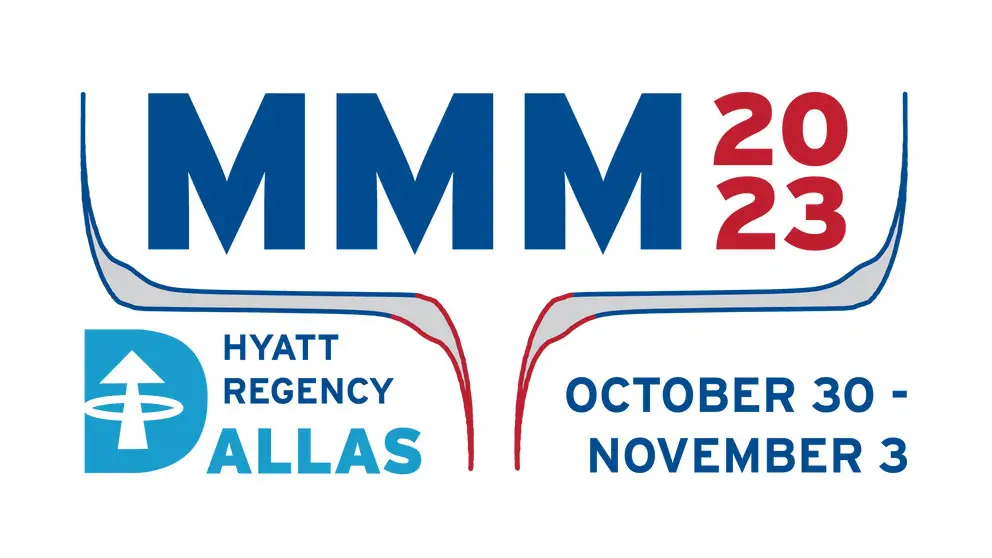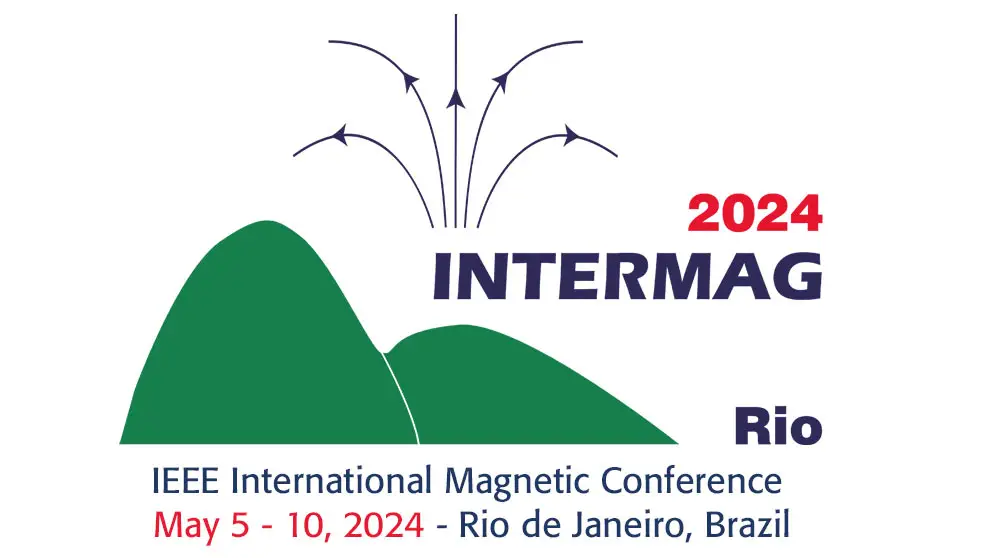VP10-01: Characterization of carbon-coated core-shell iron nanoparticles annealed by oxygen and nitrogen
Franco Iglesias, Cristian Reynaga Gonzalez, Jonah Baughman, Nicole Wonderling, Jeffrey Shallenberger, Armond Khodagulyan, Oscar O. Bernal, Armen N. Kocharian
Poster Virtual Only
01 Nov 2023
The carbon microspheres consisting of few layer graphene nanostructures can be produced by solid phase pyrolysis using a metal-free porphyrin and phthalocyanine1as organic precursors. The morphology, structure and size of multilayered graphene nanostructures are investigated using XRD, XPS, SEM and HR TEM microscopy images, and PPMS magnetic measurements. We investigate structural and magnetic properties of synthesized by pyrolysis of iron phthalocyanine (FePc) and iron porphyrin (FePr) nanoparticles of “core-shell” architecture with the high magnetic moment of core (such as a pure Fe), and the shell consisting of carbide encapsulated in carbon matrix. Using the two step of pyrolysis by annealing we synthesized also Fe-Fe3O4 nanoparticles having “core-shell” architecture dispersed in biocompatable carbon matrix that can significantly influence magnetic properties as compared with those of pyrolysis of iron-based porphyrin and phthalocyanine. We conducted investigations of structural and magnetic properties of biocompatable Fe-Fe3O4@C nanoparticles annealed by oxigen at different temperatures and different oxygen content using XRD, measurements of XPS spectra, high resolution SEM/STEM images, and magnetometry PPMS measurements.The oxygen and nitrogen content and structures are directly achieved from the XPS and also from XRD data analysis using the VESTA program. The measured zero field cooling (ZFC) magnetization M versus magnetic field H shown in Figure at T=10 K with the corresponding data provided in the Table display high specific absorption rate (SAR) because of a large area of hysteresis loop that are of special interest. Under external alternative electromagnetic field, the magnetic heating of these materials shows unique properties because of high Mr/Ms ratio controlled by composition and annealing temperature. These annealed nanoparticles can be considered promising for magnetic hyperthermia treatment of cancer cells. Further research into optimization of the annealing temperatures as well as changing the composition, time and temperature of pyrolysis, can provide more interesting magnetic features, .References: [1] A. Manukyan, H. Gyulasaryan, A. Kocharian, P. Oyala, R. Chumakov, M. Avramenko, C. Sanchez, O. O. Bernal, L. Bugaev, and E. Sharoyan, J. Phys. Chem. C 126, 493–504 2022, *This research at CSULA is supported by the National Science Foundation-Partnerships for Research and Education in Materials under Grant DMR-1523588


